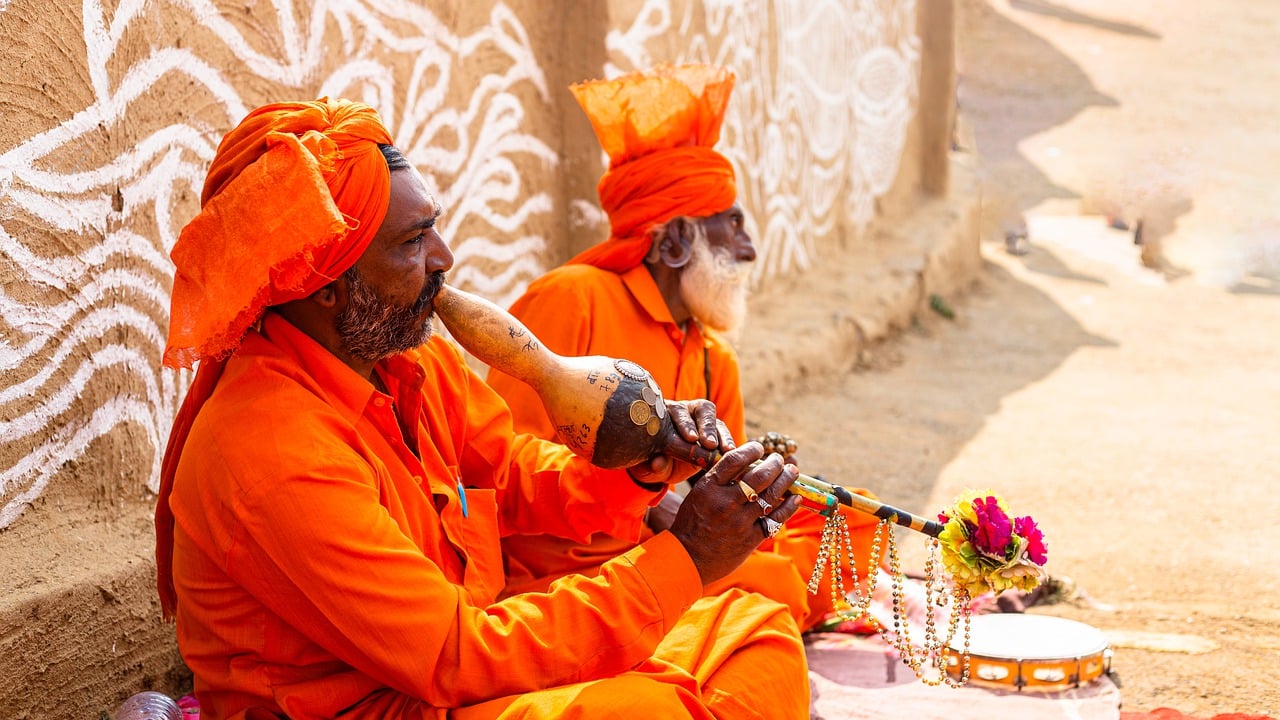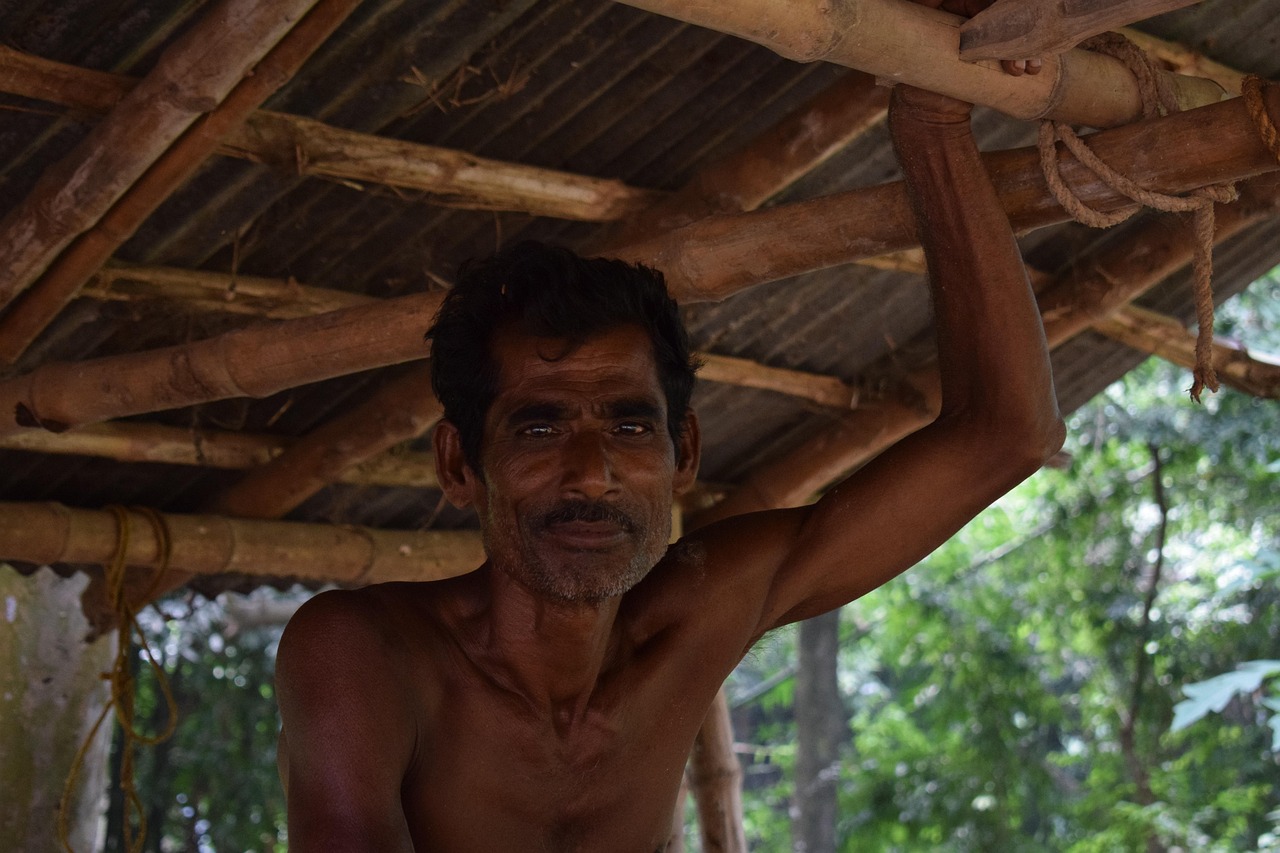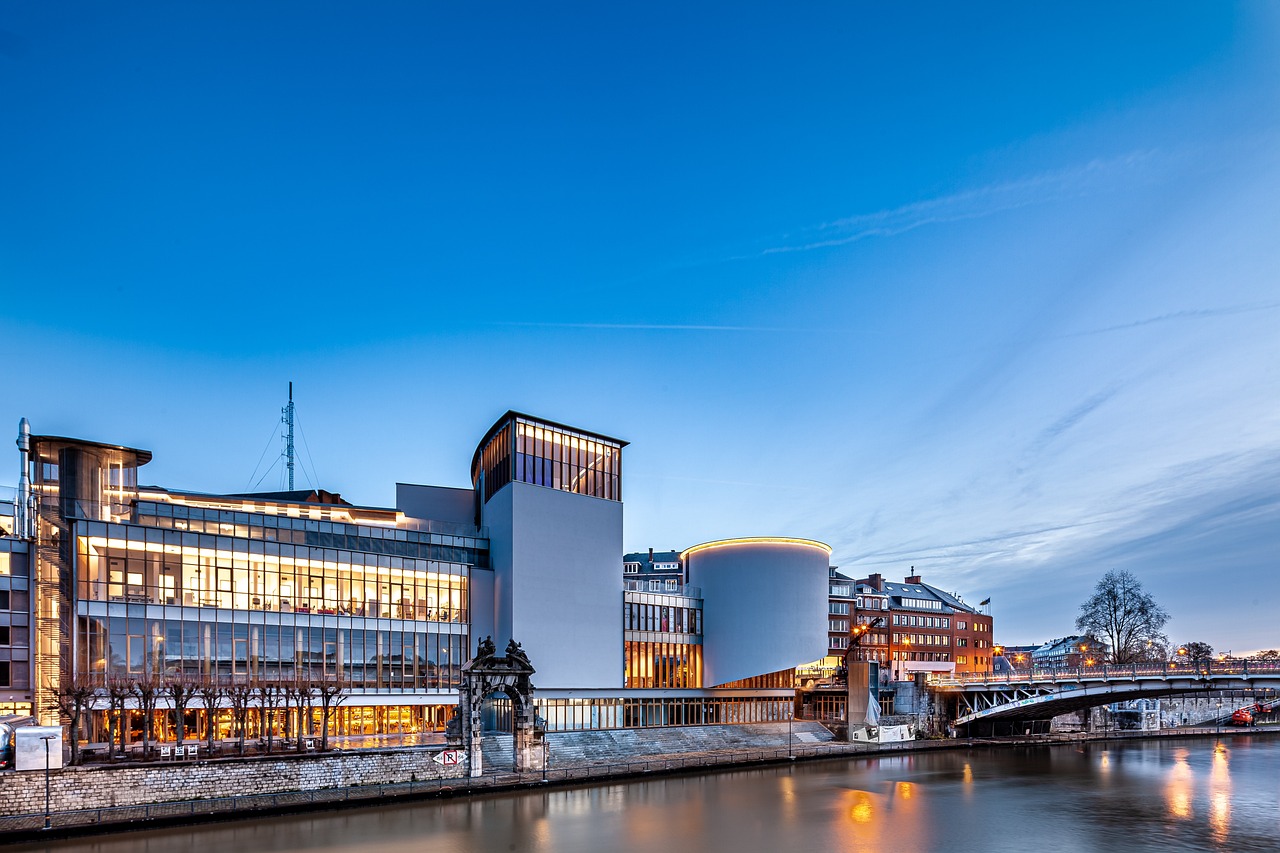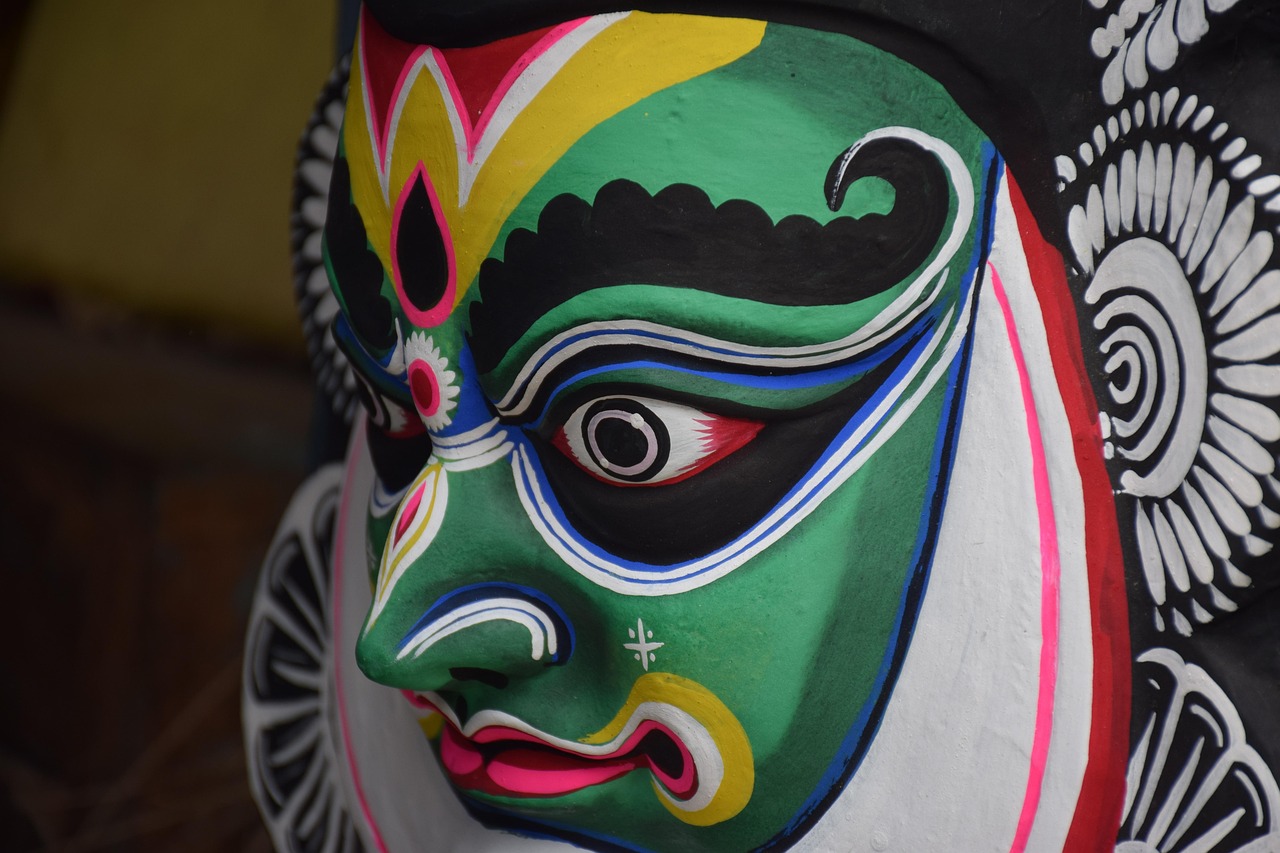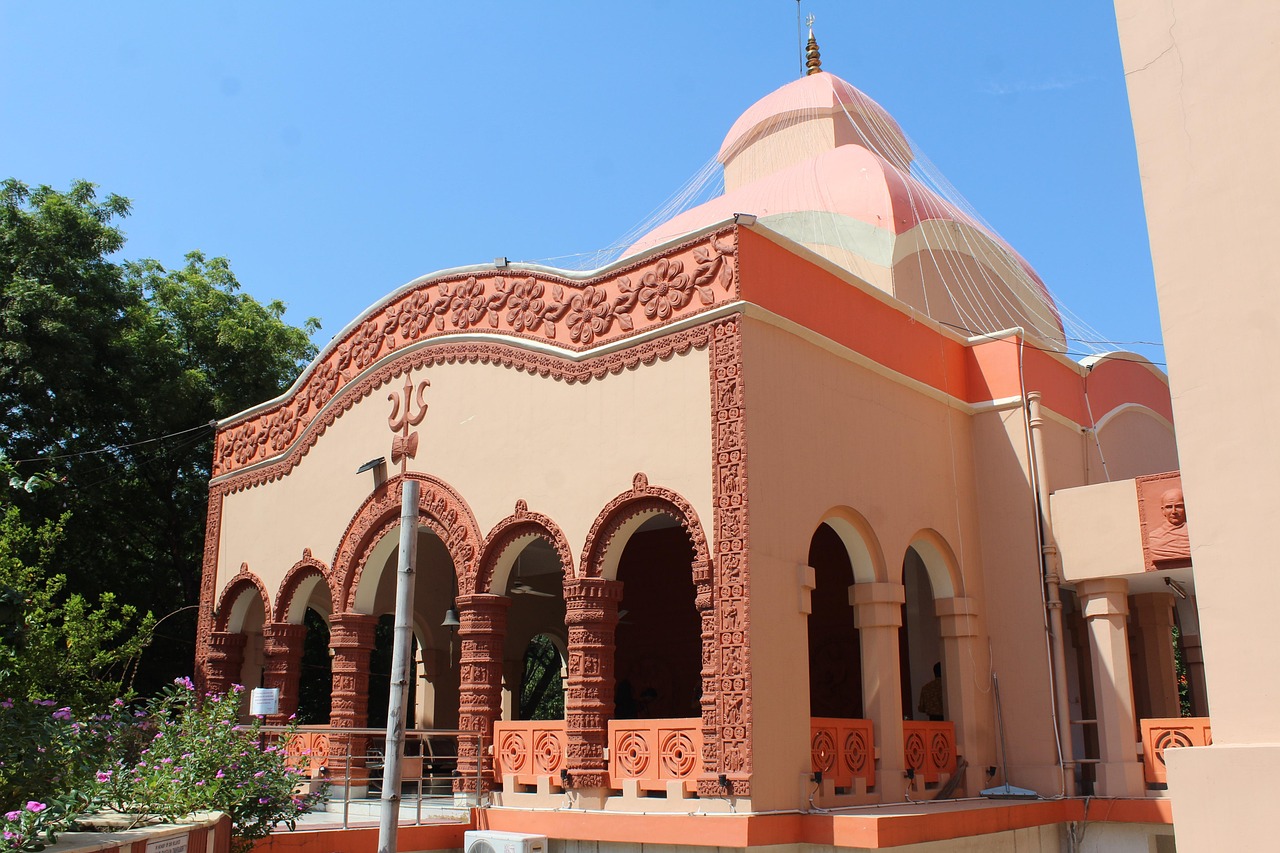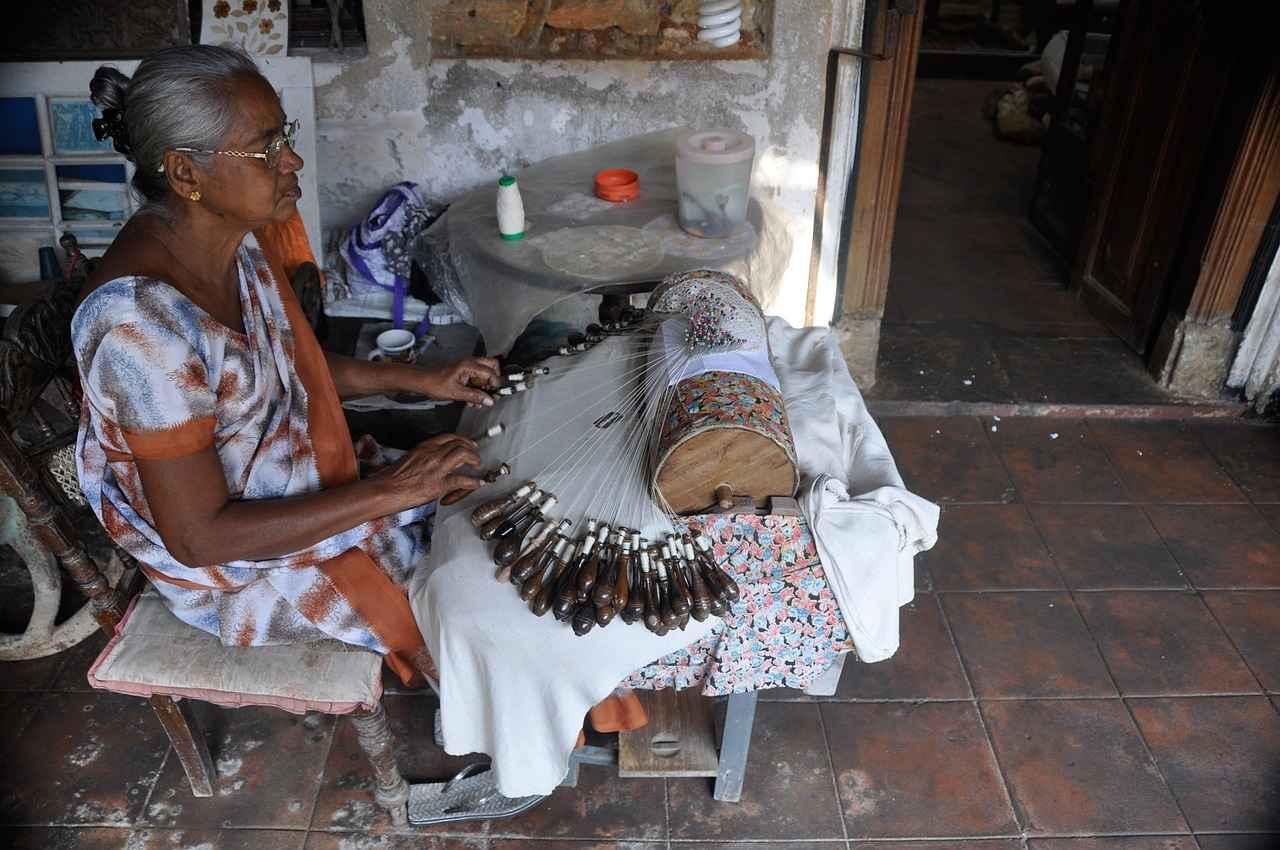This article explores the rich tapestry of Bengali dialects, highlighting the linguistic and cultural nuances that distinguish the variations spoken in India and Bangladesh.
Bengali, a language with a rich history, encompasses a variety of dialects that significantly differ across regions. Understanding these dialects involves delving into their foundational aspects, which are shaped by geography, culture, and history.
The evolution of Bengali dialects is deeply rooted in historical events. Socio-political influences, such as colonialism and regional conflicts, have shaped the language over centuries. The impact of British colonial rule, for instance, played a crucial role in the development of Bengali. Language policies during this period affected education and dialect preservation, leading to a complex linguistic landscape.
In contemporary times, globalization and technology are further influencing Bengali dialects. Modern communication platforms have introduced new vocabulary and expressions, altering traditional usage. Despite these changes, the core of Bengali remains strong, with both Indian and Bangladeshi dialects preserving their unique identities.
While both Indian and Bangladeshi Bengali share a common root, distinct differences exist. Pronunciation is one of the most noticeable variations, with accents and phonetics differing across regions. Additionally, vocabulary distinctions arise from local cultures, leading to unique words and phrases that reflect the rich tapestry of life in both countries.
Bengali is not a monolithic language; it comprises various regional dialects. Standard Bengali serves as a lingua franca, yet regional variants add depth to everyday communication. Influences from neighboring languages, such as Assamese and Hindi, also contribute to these dialects, enriching the linguistic experience.
Dialect plays a crucial role in shaping cultural identity, fostering a sense of community and belonging among Bengali speakers. As globalization continues to evolve, so too will Bengali dialects, highlighting their importance in preserving cultural heritage.
In conclusion, the future of Bengali dialects is intertwined with the ongoing changes in society and technology. Understanding these dialects not only enhances linguistic appreciation but also fosters a deeper connection to the rich cultural heritage of Bengali-speaking regions.

Understanding Bengali Dialects
Bengali, a language steeped in history and culture, exhibits a fascinating array of dialects that reflect the diverse regions where it is spoken. This section aims to shed light on the foundational aspects of these dialects, emphasizing their uniqueness and the cultural significance they hold.
In both India and Bangladesh, Bengali is not just a means of communication; it is a vital part of the identity of its speakers. The dialects can vary significantly, shaped by geographical, social, and historical factors. For instance, the dialect spoken in Kolkata differs markedly from that in Dhaka, not only in pronunciation but also in vocabulary and expressions.
| Region | Dialect Name | Key Features |
|---|---|---|
| India | Bengali (Kolkata) | Rich in literary expressions, distinct intonation |
| Bangladesh | Bengali (Dhaka) | Influenced by local slang, softer pronunciation |
| India | Bengali (Sylheti) | Unique vocabulary, strong regional identity |
| Bangladesh | Bengali (Chittagong) | Distinct phonetic characteristics, local idioms |
The historical context of these dialects is equally important. Over the centuries, various socio-political changes have influenced the evolution of Bengali. For instance, the impact of colonialism introduced new words and phrases, while the independence movements in both countries fostered a sense of unity and pride in local dialects.
Furthermore, the globalization of culture and technology has brought about changes in language use, making it essential for speakers to adapt while also preserving their rich linguistic heritage. As we navigate the complexities of modern communication, the preservation of dialects becomes crucial for maintaining cultural identity.
In conclusion, understanding the various Bengali dialects is vital for appreciating the linguistic diversity and cultural richness of the Bengali-speaking community. Each dialect not only adds to the language’s beauty but also strengthens the bonds of identity among its speakers.

Historical Context of Bengali Dialects
The Historical Context of Bengali Dialects
The evolution of Bengali dialects is profoundly intertwined with the region’s tumultuous history. Various socio-political events have played a crucial role in shaping the language over the centuries, leading to the rich diversity we see today. This section examines the significant influences that have molded the Bengali language and its dialects.
Initially, the Bengali language emerged from the eastern Indo-Aryan languages, with its roots tracing back to the 8th century. Over time, it absorbed elements from various languages due to trade, migration, and invasions. The arrival of Muslim rulers in the 12th century introduced Persian and Arabic lexicons, which significantly enriched the language. This period marked the beginning of a linguistic evolution that would continue for centuries.
During the British colonial era, the Bengali language faced both challenges and opportunities. The imposition of English as the medium of instruction in schools led to a shift in linguistic preferences, affecting the way Bengali was spoken and written. However, this period also sparked a sense of cultural revival among Bengali intellectuals, who sought to preserve and promote their linguistic heritage. This revival was instrumental in the development of a standardized form of Bengali, which served as a unifying force amidst the diverse dialects.
In the post-colonial era, the Language Movement of 1952 in East Pakistan (now Bangladesh) highlighted the importance of linguistic identity. The movement fought for the recognition of Bengali as an official language, emphasizing the connection between language and cultural identity. This struggle not only solidified the status of Bengali but also contributed to the emergence of distinct dialects influenced by regional variations.
Today, the dialects of Bengali continue to evolve, influenced by globalization and modern communication. The interplay of tradition and modernity shapes the way Bengali is spoken across different regions, reflecting the dynamic nature of the language. Understanding the historical context of these dialects is vital for appreciating their significance in contemporary society.
The Influence of Colonialism
Colonial rule significantly shaped the Bengali language, leaving an indelible mark that continues to influence its evolution today. The impact of British colonialism on the linguistic landscape of both India and Bangladesh is profound, affecting not only the language itself but also the cultural identity of its speakers.
During the colonial period, the British implemented various language policies that aimed to establish English as the medium of administration and education. This shift had a dual effect: while it introduced modern education and access to global knowledge, it also marginalized the Bengali language. The emphasis on English created a rift between the educated elite and the common populace, leading to a gradual decline in the use of Bengali in formal settings.
Moreover, the introduction of English literature and texts influenced Bengali writers and poets, leading to a blend of styles and themes. The Bengali Renaissance emerged as a response to colonial rule, fostering a revival of interest in Bengali literature, culture, and language. Prominent figures like Rabindranath Tagore played a crucial role in this cultural resurgence, emphasizing the importance of preserving the Bengali language and its rich heritage.
In addition, resistance movements against colonial oppression often utilized the Bengali language as a tool for mobilization and expression. This period saw the rise of Bengali nationalism, where language became a symbol of identity and resistance. The linguistic struggle was not just about communication; it was about asserting cultural identity and heritage in the face of colonial dominance.
As we reflect on the influence of colonialism, it is essential to acknowledge that the legacy of this era continues to shape the Bengali language today. The interplay of colonial policies, cultural revival, and resistance movements has created a complex linguistic landscape that defines the Bengali identity in both India and Bangladesh.
Language Policies and Education
During the colonial era, particularly under British rule, education policies were pivotal in influencing the development and preservation of Bengali dialects. The colonial government implemented a series of educational reforms that aimed to standardize language use, often prioritizing English and diminishing the prominence of regional languages, including Bengali.
One of the most significant impacts of these policies was the establishment of a formal education system that promoted a specific dialect of Bengali, primarily the Standard Bengali. This dialect was often viewed as the ‘correct’ form, leading to a decline in the use of various regional dialects. As a result, many dialects began to lose their speakers, and the rich linguistic diversity of Bengali was threatened.
Moreover, the curriculum introduced during this period often excluded local dialects and cultural references, which further alienated the speakers of these dialects from their linguistic heritage. The focus on English as the medium of instruction also contributed to a perception that local dialects were inferior or less valuable, causing a generational shift away from traditional forms of communication.
Despite these challenges, there were movements within Bengali society that sought to preserve and revive local dialects. Educational initiatives by cultural organizations aimed to promote linguistic diversity and encourage the use of regional dialects in schools and communities. These efforts were crucial in fostering a sense of identity and pride among speakers of various dialects.
In conclusion, while colonial education policies significantly impacted the evolution of Bengali dialects, they also sparked a resistance that aimed to preserve these linguistic treasures. Understanding this historical context is essential for appreciating the rich tapestry of Bengali dialects that exist today.
Resistance and Cultural Revival
The period of colonial rule in the Indian subcontinent significantly impacted various aspects of life, including language and culture. In Bengal, the imposition of foreign norms and values led to a profound sense of displacement among the local population. However, this feeling of loss ignited a powerful movement aimed at cultural revival, particularly in the realm of Bengali dialects.
As a response to colonial influences, numerous cultural movements emerged, particularly during the late 19th and early 20th centuries. These movements were not merely reactions; they were vigorous efforts to reclaim and revitalize the rich linguistic heritage of Bengal. Activists, writers, and intellectuals began to emphasize the importance of regional dialects, which had been overshadowed by the standardization of the language during colonial times.
- The Bengal Renaissance: This cultural awakening saw a resurgence of interest in Bengali literature and dialects. Writers like Rabindranath Tagore and Bankim Chandra Chatterjee played pivotal roles in promoting the use of local dialects in their works, thereby fostering a sense of pride among the Bengali-speaking populace.
- Language as Identity: The movements underscored the idea that language is not just a means of communication but also a vital component of cultural identity. This realization led to efforts aimed at preserving and promoting various Bengali dialects, which reflect the unique histories and traditions of different regions.
- Education and Advocacy: Activists advocated for the inclusion of regional dialects in educational curricula, ensuring that younger generations would not only learn standard Bengali but also appreciate the richness of their local dialects.
Ultimately, these cultural movements were instrumental in the revival of Bengali dialects, reinforcing the notion that language is a living entity that evolves with its speakers. By embracing their dialects, the Bengali people were able to assert their cultural identity and resist the homogenizing forces of colonialism.
Modern Influences on Bengali Dialects
In today’s interconnected world, the impact of globalization and technology on Bengali dialects is undeniable. As communication transcends geographical boundaries, the way people use language is evolving rapidly. This section explores how these modern influences are reshaping the rich tapestry of Bengali dialects.
One of the most significant changes is the rise of digital communication. Social media platforms, instant messaging, and online forums have created new avenues for language use, allowing speakers to share their dialects and linguistic nuances with a broader audience. This has led to a blending of dialects, as individuals from different regions interact and influence each other’s language. For instance, words and phrases from urban dialects are increasingly being adopted by speakers in rural areas, leading to a more homogenized linguistic landscape.
Moreover, the proliferation of mobile technology has introduced new vocabulary and expressions into everyday use. Texting and online communication often favor brevity and creativity, resulting in the emergence of abbreviated forms and slang that may not exist in traditional dialects. This linguistic evolution reflects a younger generation’s desire for innovation and adaptability in their communication.
Additionally, the influence of media—including television shows, films, and music—has played a crucial role in shaping language. Popular culture often showcases specific dialects, which can lead to increased prestige or popularity of those forms. As a result, speakers may gravitate towards adopting elements from these media portrayals, further altering their dialects.
In conclusion, the interplay between globalization and technology is significantly transforming Bengali dialects. As speakers navigate this changing landscape, it is essential to recognize the value of preserving linguistic diversity while embracing the innovations that modern communication brings.
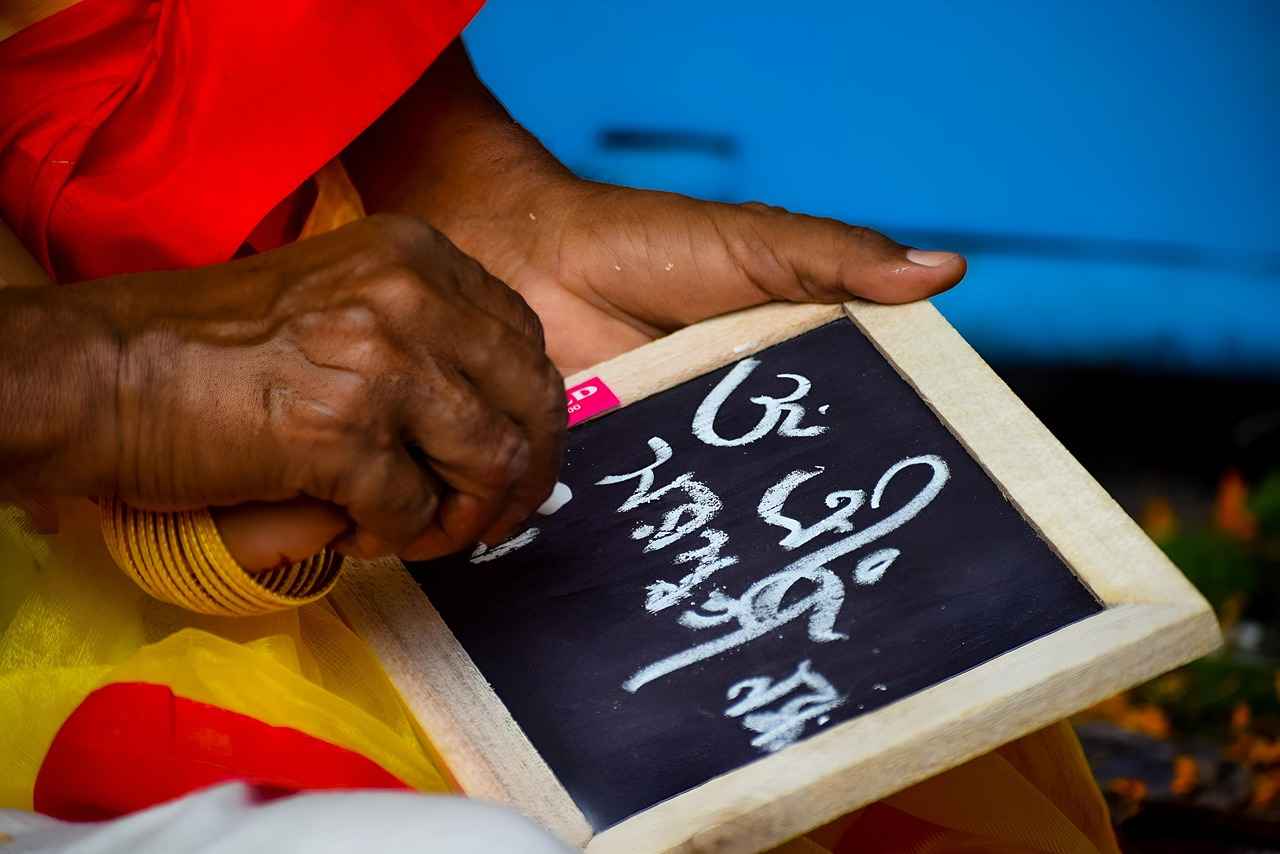
Key Differences Between Indian and Bangladeshi Bengali
The Key Differences Between Indian and Bangladeshi Bengali
Bengali, a language rich in history and culture, is spoken by millions across India and Bangladesh. While both Indian and Bangladeshi Bengali share a common root, there are distinct differences that set them apart. This section outlines the primary linguistic variations that define each dialect.
- Pronunciation Variations: One of the most noticeable differences lies in pronunciation. Indian Bengali often features a softer accent, while Bangladeshi Bengali tends to be more pronounced and rhythmic. For instance, the pronunciation of the letter ‘r’ can vary significantly, with Indian Bengali often using a softer version compared to its Bangladeshi counterpart.
- Vocabulary Distinctions: The vocabulary used in Indian and Bangladeshi Bengali also showcases unique characteristics. Many words in Bangladeshi Bengali are influenced by local languages and cultures, leading to distinct expressions. For example, the word for ‘rice’ is commonly referred to as ‘bhaat’ in both dialects; however, the usage of regional terms can differ widely.
- Influence of Local Languages: The linguistic landscape is further shaped by neighboring languages. In India, Bengali is influenced by Hindi and Assamese, while in Bangladesh, it absorbs elements from Arabic and Urdu. This intermingling creates a rich tapestry of expressions and idioms unique to each region.
- Cultural Context: The cultural backdrop also plays a crucial role in shaping dialects. Festivals, traditions, and local customs are often reflected in the language, resulting in distinct phrases and idioms that resonate with the speakers’ cultural identity.
In conclusion, while Indian and Bangladeshi Bengali share a common heritage, their differences in pronunciation, vocabulary, and cultural context contribute to the richness of the Bengali language. Understanding these distinctions not only enhances communication but also fosters a deeper appreciation of the cultural nuances that define each dialect.
Pronunciation Variations
play a crucial role in the linguistic diversity of the Bengali language, particularly when comparing the dialects spoken in India and Bangladesh. These variations are not merely superficial; they reflect deep cultural and historical roots that shape the way speakers communicate.
One of the most prominent aspects of pronunciation differences is the way certain phonetic sounds are articulated. For instance, the pronunciation of the letter “r” can vary significantly. In many dialects of Bangladeshi Bengali, the “r” is often pronounced more softly, resembling a light “d” sound, whereas in Indian Bengali, it tends to be more pronounced and rolled. This subtle difference can lead to distinct accents that are immediately recognizable.
Furthermore, vowel sounds exhibit notable variations. For example, the vowel in the word “kothay” (meaning “where”) is pronounced as a more open sound in Bangladesh, while in India, it may sound more closed. Such distinctions can affect not only comprehension but also the perception of the speaker’s origins.
Another interesting aspect is the influence of regional languages. In India, Bengali speakers may incorporate sounds and intonations from neighboring languages such as Hindi and Assamese, leading to a unique blend of accents. Conversely, in Bangladesh, the influence of languages like Chittagonian and Sylheti can create further diversity within Bengali pronunciation.
To illustrate these variations, consider the following table summarizing key differences:
| Feature | Indian Bengali | Bangladeshi Bengali |
|---|---|---|
| Pronunciation of “r” | Rolled | Softened |
| Vowel sounds in “kothay” | More closed | More open |
| Influence of regional languages | Hindi, Assamese | Chittagonian, Sylheti |
In conclusion, between Indian and Bangladeshi Bengali are a fascinating reflection of the cultural and linguistic diversity inherent in the Bengali-speaking population. Understanding these differences not only enhances communication but also fosters a deeper appreciation for the rich tapestry of Bengali dialects.
Vocabulary Distinctions
The Bengali language, while unified by its roots, exhibits a fascinating diversity in vocabulary that is shaped by the cultural and historical contexts of India and Bangladesh. This section delves into specific words and phrases that not only differ in pronunciation but also in meaning, reflecting the unique identities of each region.
In India, particularly in the state of West Bengal, certain terms are prevalent that may not be as common in Bangladesh. For example, the word ‘bhalo’ (meaning good) is frequently used in everyday conversation. However, in Bangladesh, the equivalent term ‘bhalo’ is also used but is often accompanied by different contextual expressions influenced by local customs.
Another notable difference can be seen in the word for rice. In India, the word ‘bhath’ is commonly used, whereas in Bangladesh, ‘bhaat’ is the preferred term. Such distinctions highlight the subtle yet significant variations in the vocabulary that have developed over time.
| Word/Phrase | Usage in India | Usage in Bangladesh |
|---|---|---|
| Good | bhalo | bhalo |
| Rice | bhath | bhaat |
| Water | pani | pani |
Moreover, the influence of local dialects and languages further enriches the vocabulary. In India, words borrowed from Hindi and Assamese have made their way into Bengali usage, while in Bangladesh, influences from Urdu and Arabic are more prominent. This interplay of languages not only broadens the vocabulary but also deepens the cultural connections between communities.
Ultimately, these vocabulary distinctions serve as a reminder of the dynamic nature of language, illustrating how it evolves and adapts to the cultural landscapes of its speakers. Understanding these differences is crucial for appreciating the rich linguistic heritage shared by Bengali speakers in both India and Bangladesh.
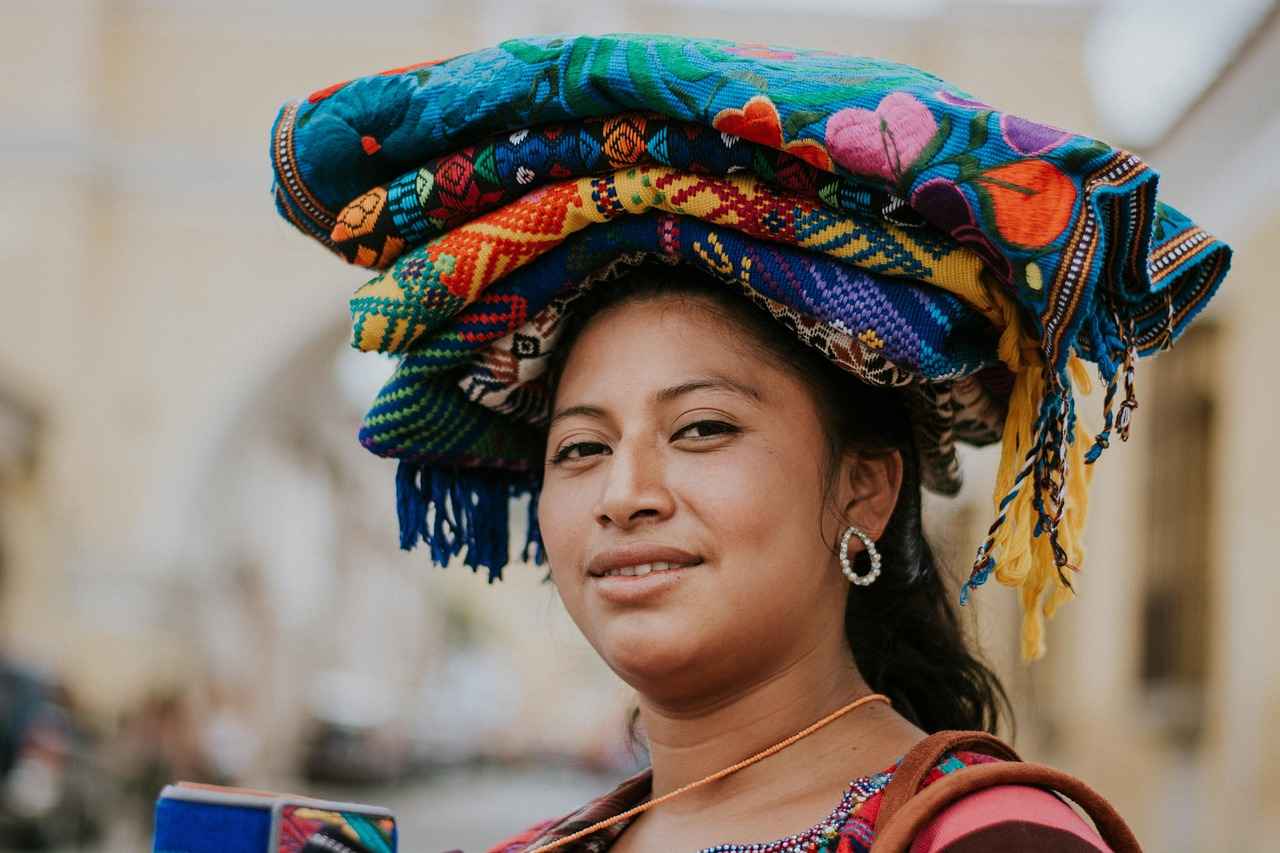
Regional Dialects of Bengali
Bengali is a vibrant language with rich cultural significance, and it is characterized by a variety of regional dialects. These dialects not only reflect the geographical diversity of the Bengali-speaking population but also embody the unique cultural heritages of their respective regions. In this section, we will explore the major dialects found in both India and Bangladesh, highlighting their distinct features and cultural relevance.
While the Standard Bengali dialect serves as a common form of communication, several regional dialects exist, each with its own unique characteristics. Below are some of the prominent dialects:
- Bengali of West Bengal: This dialect is often considered the standard form and is spoken predominantly in the Indian state of West Bengal. It is marked by a rich literary tradition and a distinct pronunciation.
- Bengali of Bangladesh: The dialect spoken in Bangladesh has its own unique phonetic and lexical traits, influenced by local languages and cultural practices. It is often referred to as Bangladeshi Bengali.
- Chittagong Dialect: This dialect, spoken in the southeastern region of Bangladesh, features unique intonations and vocabulary that set it apart from Standard Bengali.
- Rangpur Dialect: Found in the northern part of Bangladesh, this dialect exhibits distinct phonetic features and expressions influenced by neighboring languages.
- Assamese Bengali: In Assam, the Bengali dialect has absorbed influences from Assamese, resulting in a distinctive linguistic blend.
Each dialect showcases a variety of pronunciation and vocabulary differences. For instance, the way certain consonants are articulated can vary significantly. Additionally, local idioms and expressions often reflect the cultural nuances of the respective regions.
The diversity of Bengali dialects enriches the language and reflects the cultural tapestry of the Bengali-speaking world. Understanding these dialects is essential for appreciating the linguistic heritage and cultural identity of the Bengali people in both India and Bangladesh.
Standard Bengali vs. Regional Variants
Standard Bengali serves as a common language, or lingua franca, uniting speakers across different regions. However, the richness of the Bengali language is further enhanced by its numerous regional dialects, each with distinct characteristics that reflect the cultural and social diversity of its speakers. This section explores the unique features of these dialects and how they manifest in everyday communication.
Regional dialects of Bengali can be classified into several categories, influenced by geographical, historical, and cultural factors. For instance, the Chittagong dialect, spoken in southeastern Bangladesh, is known for its unique phonetic qualities and vocabulary. Similarly, the Rangpur dialect has distinct pronunciation and expressions that differ markedly from Standard Bengali.
In everyday communication, these dialects often showcase distinctive pronunciation patterns and lexical choices. For example, speakers from Kolkata might use words and phrases that are unfamiliar to those from Dhaka, leading to moments of both confusion and amusement. This linguistic diversity enriches conversations and reflects the vibrant cultural tapestry of Bengali-speaking communities.
Moreover, the contextual usage of dialects can vary significantly. In formal settings, speakers may prefer Standard Bengali to ensure clarity and mutual understanding. Conversely, in informal environments, regional dialects flourish, allowing individuals to express their identities and local heritage. This phenomenon illustrates how language is not just a means of communication but also a vital component of cultural identity.
In summary, while Standard Bengali remains a unifying language, the regional dialects contribute to the language’s dynamism and cultural richness. Understanding these variations is essential for appreciating the full depth of Bengali linguistic heritage.
Influence of Neighboring Languages
The Bengali language, rich in its history and diversity, has been significantly shaped by its neighboring languages, particularly Assamese and Hindi. This influence is evident in various aspects of the language, including vocabulary, pronunciation, and even cultural expressions.
In India, the proximity of Assamese and Bengali speakers has fostered a linguistic exchange that enriches both languages. For instance, many Assamese words have found their way into Bengali dialects, especially in regions like West Bengal and Assam. This exchange is not merely limited to vocabulary; it also extends to phonetics, where certain sounds and pronunciations are adopted from Assamese, resulting in unique dialectical variations.
Similarly, Hindi, as a dominant language in northern India, has also left its mark on Bengali. The influence of Hindi is particularly noticeable in urban areas where Hindi is widely spoken. Many Bengali speakers incorporate Hindi phrases and expressions into their daily conversations, creating a blend that reflects the multicultural fabric of Indian society. This phenomenon is especially pronounced in cities like Kolkata and Delhi, where linguistic diversity thrives.
Moreover, the impact of these neighboring languages extends beyond mere vocabulary. The syntax and grammar of Bengali dialects have also adapted to include elements from Assamese and Hindi, making communication more fluid among speakers of these languages. This adaptability showcases the dynamic nature of Bengali as it evolves in response to external linguistic influences.
In conclusion, the interplay between Bengali and its neighboring languages like Assamese and Hindi illustrates the richness of linguistic diversity in the region. As these languages continue to influence one another, they contribute to the ongoing evolution of Bengali dialects, ensuring that they remain vibrant and relevant in a rapidly changing world.

The Role of Bengali Dialects in Cultural Identity
Dialect serves as a vital component in the formation of cultural identity, particularly in Bengali-speaking regions. Language is more than just a means of communication; it is a vessel that carries the heritage, traditions, and values of a community. In Bengal, the rich diversity of dialects reflects the unique histories and experiences of its speakers, fostering a sense of belonging and community.
In both India and Bangladesh, the variations in Bengali dialects are not merely linguistic differences; they are markers of identity. For instance, the dialect spoken in Kolkata may differ significantly from that in Dhaka, yet both serve as symbols of local pride. These dialects encapsulate the cultural nuances and social dynamics of their respective regions, allowing speakers to connect with their roots.
Furthermore, dialects play a crucial role in community bonding. Shared language fosters a sense of unity among speakers, creating an environment where individuals feel understood and accepted. In many cases, dialects are used in local festivals, folk songs, and traditional storytelling, reinforcing cultural ties and enhancing the collective identity of the community.
Additionally, the preservation of these dialects is essential in the face of globalization. As the world becomes increasingly interconnected, the unique characteristics of Bengali dialects face the risk of dilution. However, cultural movements and educational initiatives aim to promote and sustain these dialects, ensuring that future generations can embrace their linguistic heritage.
In conclusion, the role of Bengali dialects extends beyond mere communication; they are integral to the cultural identity of Bengali-speaking communities. By fostering a sense of belonging and preserving local traditions, these dialects continue to shape the social fabric of the region.
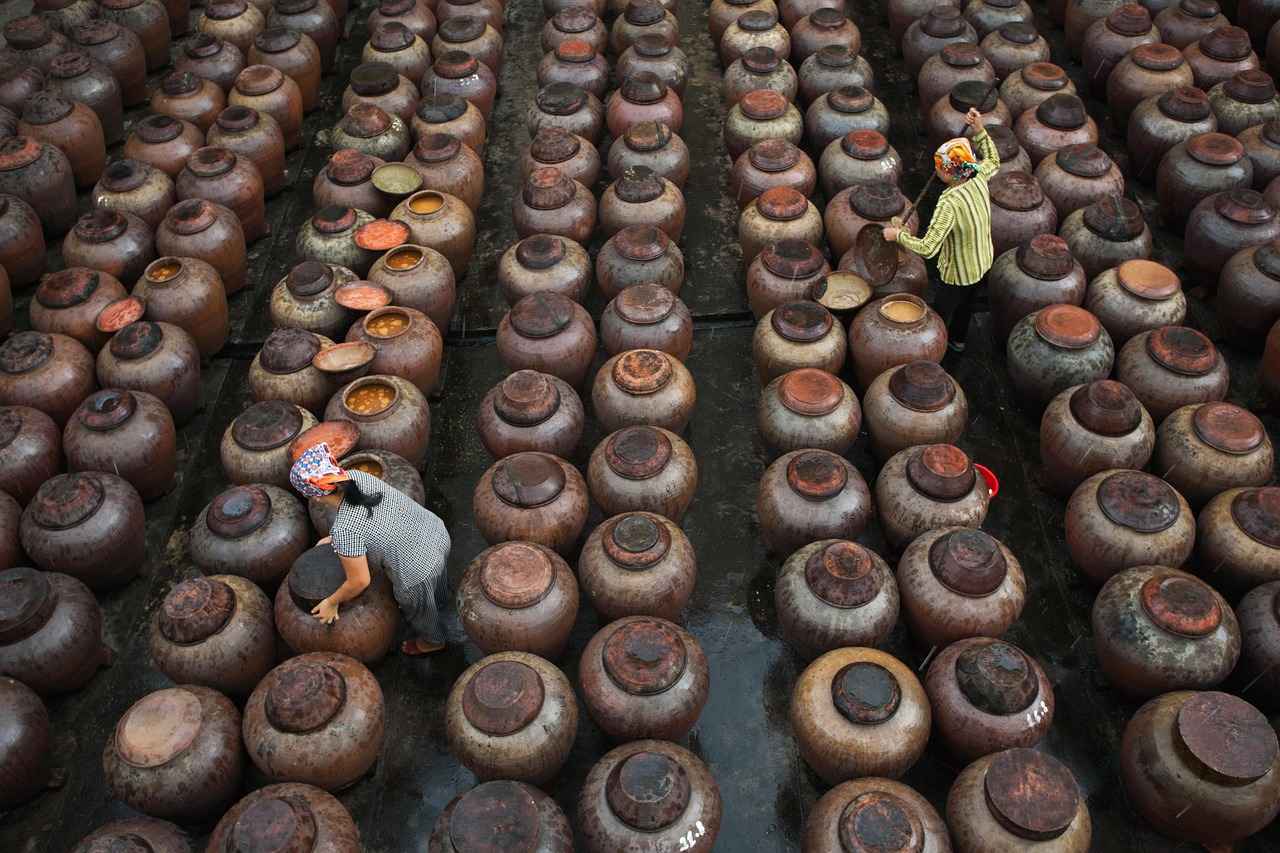
Conclusion: The Future of Bengali Dialects
As globalization continues to evolve, Bengali dialects are poised to undergo significant transformations. The interplay between technology, migration, and cultural exchange is reshaping how dialects are spoken and preserved. This section delves into the anticipated changes and the crucial role these dialects play in maintaining cultural heritage.
One of the most pressing issues facing Bengali dialects is the influence of modern communication. With the advent of the internet and social media, younger generations are increasingly exposed to a mix of languages and dialects. This exposure can lead to a blending of dialects, which may dilute the rich linguistic variations that have developed over centuries. However, it also presents an opportunity for cultural exchange and the revitalization of lesser-known dialects.
Moreover, the migration of Bengali speakers across the globe has created a unique diaspora that contributes to the evolution of dialects. As people settle in new regions, they bring their linguistic heritage with them, leading to the emergence of new dialectal forms. This phenomenon not only enriches the language but also fosters a sense of community among Bengali speakers worldwide.
In addition, educational initiatives aimed at promoting the understanding and appreciation of Bengali dialects are essential for their preservation. Schools and cultural organizations can play a pivotal role in teaching the significance of dialects, ensuring that younger generations recognize their value in cultural identity.
Ultimately, the future of Bengali dialects lies in a delicate balance between embracing modernity and preserving tradition. As globalization continues to shape linguistic landscapes, it is imperative to foster an environment where these dialects can thrive, ensuring that they remain a vibrant part of Bengali cultural heritage for generations to come.
Frequently Asked Questions
- What are the main differences between Bengali dialects in India and Bangladesh?
The primary differences lie in pronunciation, vocabulary, and influences from neighboring languages. While both dialects share a common root, regional variations create distinct identities.
- How has colonialism influenced Bengali dialects?
Colonial rule significantly impacted the development of Bengali dialects, shaping language policies and education. This led to a blend of traditional and modern influences, altering how the language is spoken today.
- What role do Bengali dialects play in cultural identity?
Bengali dialects are crucial in fostering a sense of community and belonging among speakers. They embody cultural heritage and reflect the unique histories of different regions.
- Are there any notable regional dialects of Bengali?
Yes! Bengali features several regional dialects, including Standard Bengali, which serves as a lingua franca, and various local variants that enrich the language’s diversity.
- How is globalization affecting Bengali dialects?
Globalization and technology are influencing language use, introducing new vocabulary and altering communication styles. This evolution raises questions about the preservation of traditional dialects.














